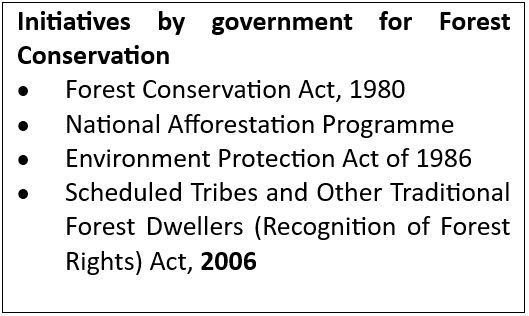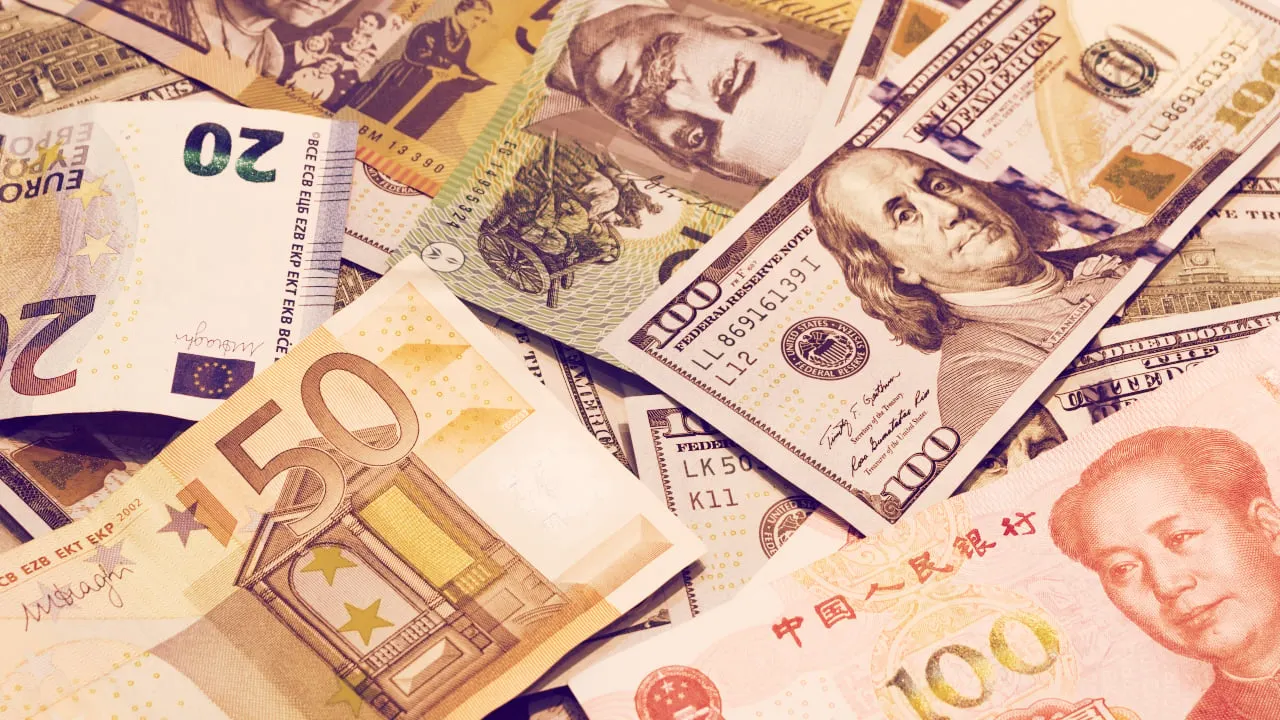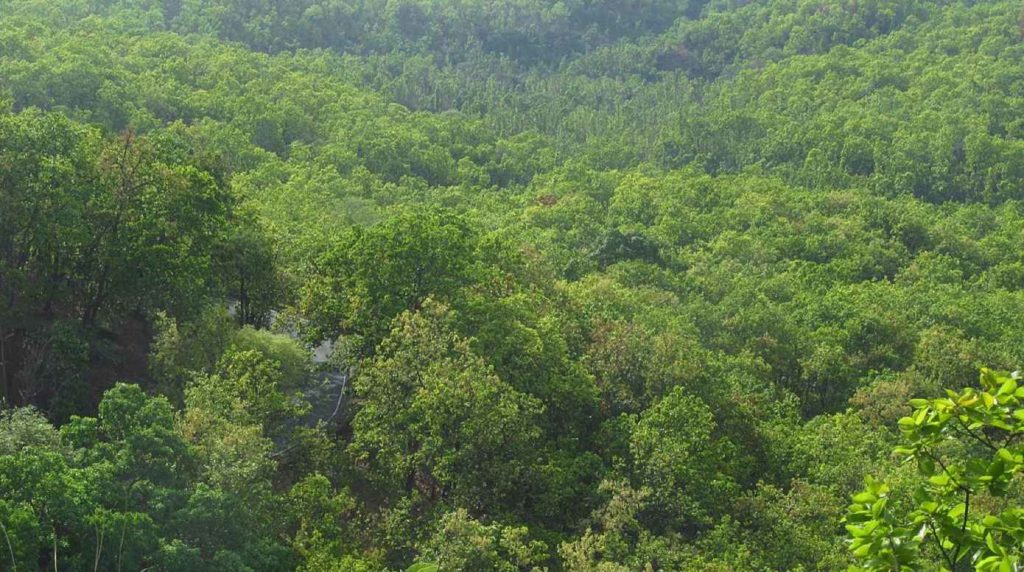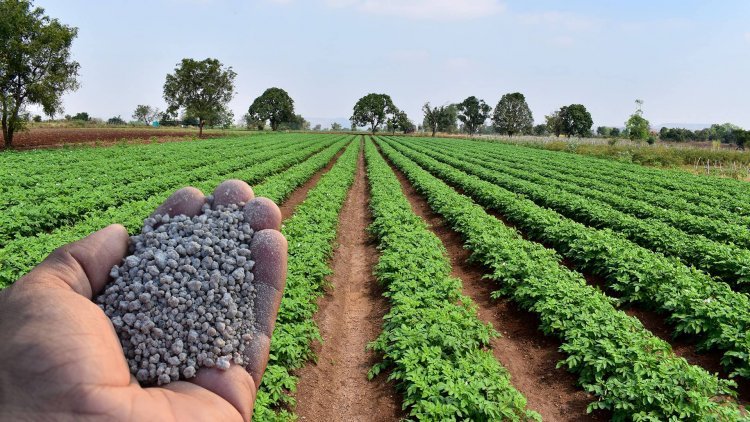- Courses
- GS Full Course 1 Year
- GS Full Course 2 Year
- GS Full Course 3 Year
- GS Full Course Till Selection
- Answer Alpha: Mains 2025 Mentorship
- MEP (Mains Enrichment Programme) Data, Facts
- Essay Target – 150+ Marks
- Online Program
- GS Recorded Course
- Polity
- Geography
- Economy
- Ancient, Medieval and Art & Culture AMAC
- Modern India, Post Independence & World History
- Environment
- Governance
- Science & Technology
- International Relations and Internal Security
- Disaster Management
- Ethics
- NCERT Current Affairs
- Indian Society and Social Issue
- NCERT- Science and Technology
- NCERT - Geography
- NCERT - Ancient History
- NCERT- World History
- NCERT Modern History
- CSAT
- 5 LAYERED ARJUNA Mentorship
- Public Administration Optional
- ABOUT US
- OUR TOPPERS
- TEST SERIES
- FREE STUDY MATERIAL
- VIDEOS
- CONTACT US
3 Basins Summit
3 Basins Summit
Context
Recently, The Brazzaville Summit of the 3 Basins of Amazon, Congo & Borneo-Mekong-Southeast Asia took place in Brazzaville (capital of the Republic of the Congo) ended with a 7 point declaration.
Key points
- The summit's seven-point declaration aimed to halt and reverse biodiversity loss by 2030.

- Participating Countries: Representatives from Amazon, Congo, and Asia-Pacific regions collaborated.
- Commitments Made: Pledges focused on deforestation reduction, restoration efforts, and sustainable forest management.
- Indigenous Involvement: Indigenous Peoples highlighted as vital partners in forest conservation, emphasizing traditional knowledge.
- Challenges Ahead: Concrete actions and robust leadership required for effective conservation initiatives.
- Biodiversity and Livelihoods: Tropical forests, home to two-thirds of global biodiversity, sustain over one billion livelihoods.
About 3 Basins
Factors: |
Amazon Basin |
Congo Basin |
Borneo-Mekong-Southeast Asia Basin |
Description |
Lungs of Earth |
Lungs of Africa |
Island of Borneo and Mekong river |
Location |
South America, spanning across nine countries: Brazil, Peru, Colombia, Venezuela, Ecuador, Bolivia, Guyana, Suriname, and French Guiana.
|
central Africa, covering parts of multiple countries, including the Democratic Republic of the Congo (DRC), Republic of the Congo, Cameroon, Gabon, Equatorial Guinea, and Central African Republic. |
Southeast Asia is a subregion of Asia, consisting of 11 countries: Brunei, Cambodia, Indonesia, Laos, Malaysia, Myanmar (Burma), the Philippines, Singapore, Thailand, Timor-Leste, and Vietnam. |
Size and Diversity |
It is the largest rainforest in the world, covering approximately 6.7 million square kilometers.
|
It is the second-largest tropical rainforest in the world, spanning approximately 1.6 million square kilometers |
It is one of the largest rainforest in the 6.7 million square kilometers. |
Biodiversity hotspot |
The Amazon Rainforest is home to an estimated 10% of the world's known species. |
The Congo Rainforest is recognized for its incredible biodiversity, hosting a vast array of plant and animal species, many of which are unique to this region. |
Known for its rich biodiversity, region is home to diverse ecosystems, including rainforests and unique species like orangutans and pygmy elephants. |
Threats and deforestation |
The Amazon faces significant threats, primarily from deforestation driven by agriculture, logging, and infrastructure development. |
The Congo Rainforest faces various threats, including deforestation due to logging, agricultural expansion, and infrastructure development. |
Faces challenges due to deforestation for palm oil plantations, impacting both the environment and indigenous communities. |
Global significance |
Crucial for maintaining global biodiversity and climate stability. |
Mitigating climate change, maintaining biodiversity, and supporting the livelihoods of local communities. |
Southeast Asia is one of the most vulnerable regions to climate change, and faces rising sea levels, heat waves, floods preservation of this region is important for its mitigation |
Challenges and Probable solutions for sustainable biodiversity development:
Challenges |
Probable Solutions |
|
1.Habitat Destruction and Fragmentation: Clearing large areas of forests for agriculture, logging, or urban development. |
1.Selective Logging and Reforestation to ensure that forests are managed in a way that preserves their ecological value. |
|
2.Climate Change: Altered climate patterns, temperature increases, and extreme weather events that can impact ecosystems and species distribution. |
2.Community Managed Forests, where local communities are given the responsibility for protecting and managing their local forests. |
|
3.Pollution: Runoff of pollutants from agriculture, industry, and urban areas into water bodies. |
3.Leveraging Technology for Conservation such as remote sensing and GIS, to monitor and track forest cover, forest fire and identify areas in need of protection. |
|
4.Overexploitation of Species: Poaching and trafficking of endangered species for various purposes. |
4.Dedicated Forest Corridors for safe intrastate and interstate passage of wild animals and protecting their habitat from any external influence. |
|
5.Introduction of Non-Native Species: species introduced to new environments can outcompete or prey upon native species, leading to biodiversity loss. |
5.Recognising Forest Based Products so the community can get better prices for Sal seeds, Mahua flowers, or Tendu leaves, they will protect them from fires as well as any other threats that come along. |



